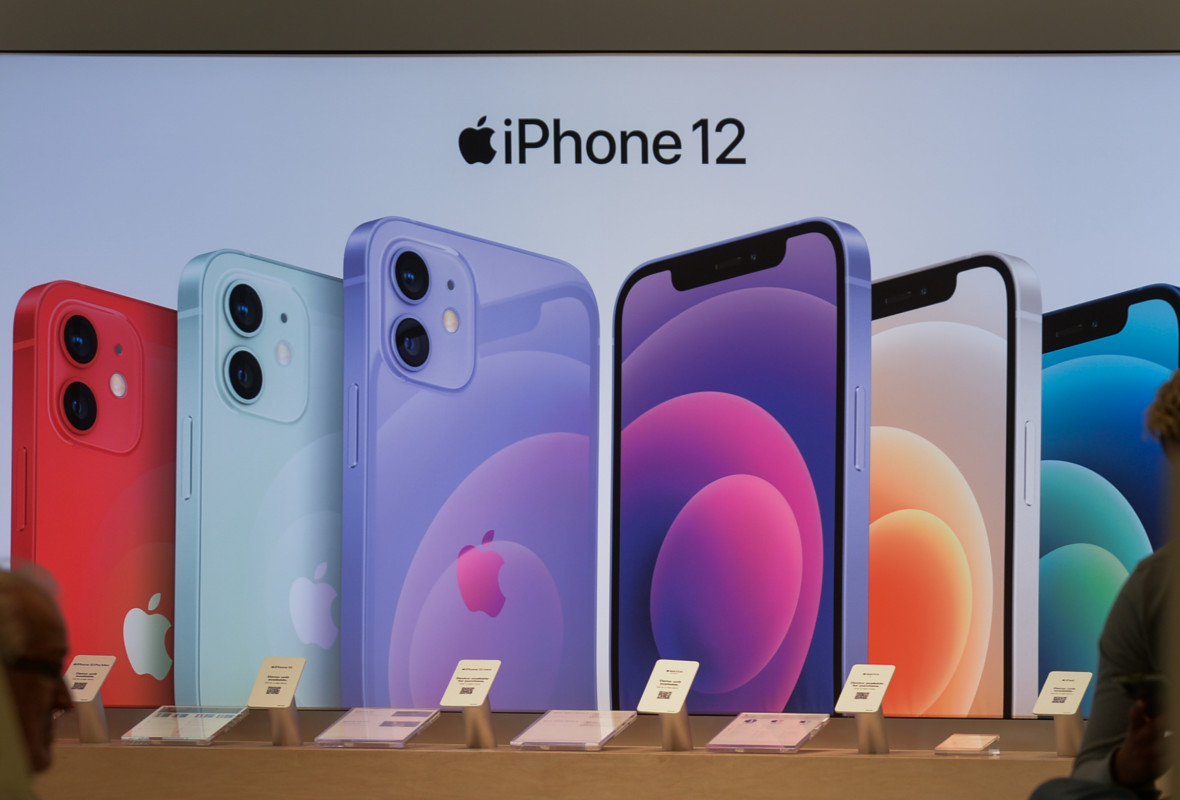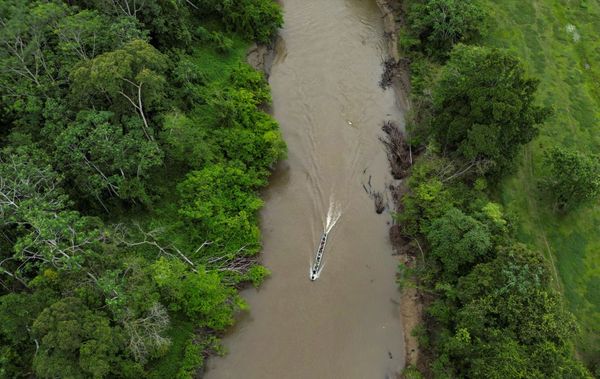
Apple has been on something of a high in September.
The tech giant recently concluded its blockbuster Wonderlust event, where it unveiled its new lineup of iPhone 15s, Apple Watch Ultra 2, an upgraded Apple Watch 9, new operating systems, and more.
DON'T MISS: Apple just made an acquisition that will give it a massive foothold in this new industry
A subtler but equally as important change: new charging capabilities. Apple (AAPL) -) has been not-so-quietly working on a new way to charge iPhones and other accessories since the European Union regulators took issue with Apple's proprietary chargers.
"Regardless of their manufacturer, all new mobile phones, tablets, digital cameras, headphones and headsets, handheld videogame consoles and portable speakers, e-readers, keyboards, mice, portable navigation systems, earbuds and laptops that are rechargeable via a wired cable, operating with a power delivery of up to 100 watts, will have to be equipped with a USB Type-C port," the Union mandated in 2021.
Apple was left with no choice but to change its tech as the Continent accounts for a large portion of its iPhone sales. Europe accounted for $95 billion in 2022, the second highest region behind the Americas.
But Europe isn't done putting Apple on notice. In September France issued a warning statement saying it had tested iPhone 12 for radiation and found its emissions to be well outside the limits allowed in the country. It immediately asked Apple to stop selling the phones.
The Agence nationale des fréquences said the phones were tested "in an accredited laboratory" and demonstrated that the phones' specific absorption rate "values exceed the limit, being at 5.74 W/kg."
Specific absorption rate measures how much radiation is absorbed by soft tissue. The French limit is 4 W/kg.
"The ANFR expects Apple to deploy all available means to put an end to the noncompliance. Failure to act will result in the recall of equipment that has already been made available to consumers," the warning reads.
Belgium and Germany then said they would be doing their own research into the phones' safety.

Apple races for a solution
After several days of reporting and ample time for the internet to freak out, Apple vehemently defended its phones, saying in a statement that "[this] is related to a specific testing protocol used by French regulators and not a safety concern."
Still, just to be safe Apple will issue a software update it hopes will address the problem and allay users' concerns.
"We will issue a software update for users in France to accommodate the protocol used by French regulators. We look forward to iPhone 12 continuing to be available in France," Apple said in a statement.
Although the update isn't out yet, you can simply check how much radiation your phone is emitting.
Here's how:
- Open Settings.
- Hit General.
- Choose Legal & Regulatory.
- Choose RF Exposure.
- Click the link at the bottom of the page.
- You'll see the SAR value of your iPhone.
French Digital Affairs Minister Jean-Noel Barrot said the government intends to test the updated phones for radiation levels so sales can proceed again.
Whether Apple will issue software updates across the globe or only in concerned markets is unclear. The iPhone 12, which first came out in 2020, is an older model, so it may just give users the perfect excuse to buy new phones. Or to move away to the remote countryside in a cozy bunker.
Get investment guidance from trusted portfolio managers without the management fees. Sign up for Action Alerts PLUS now.







